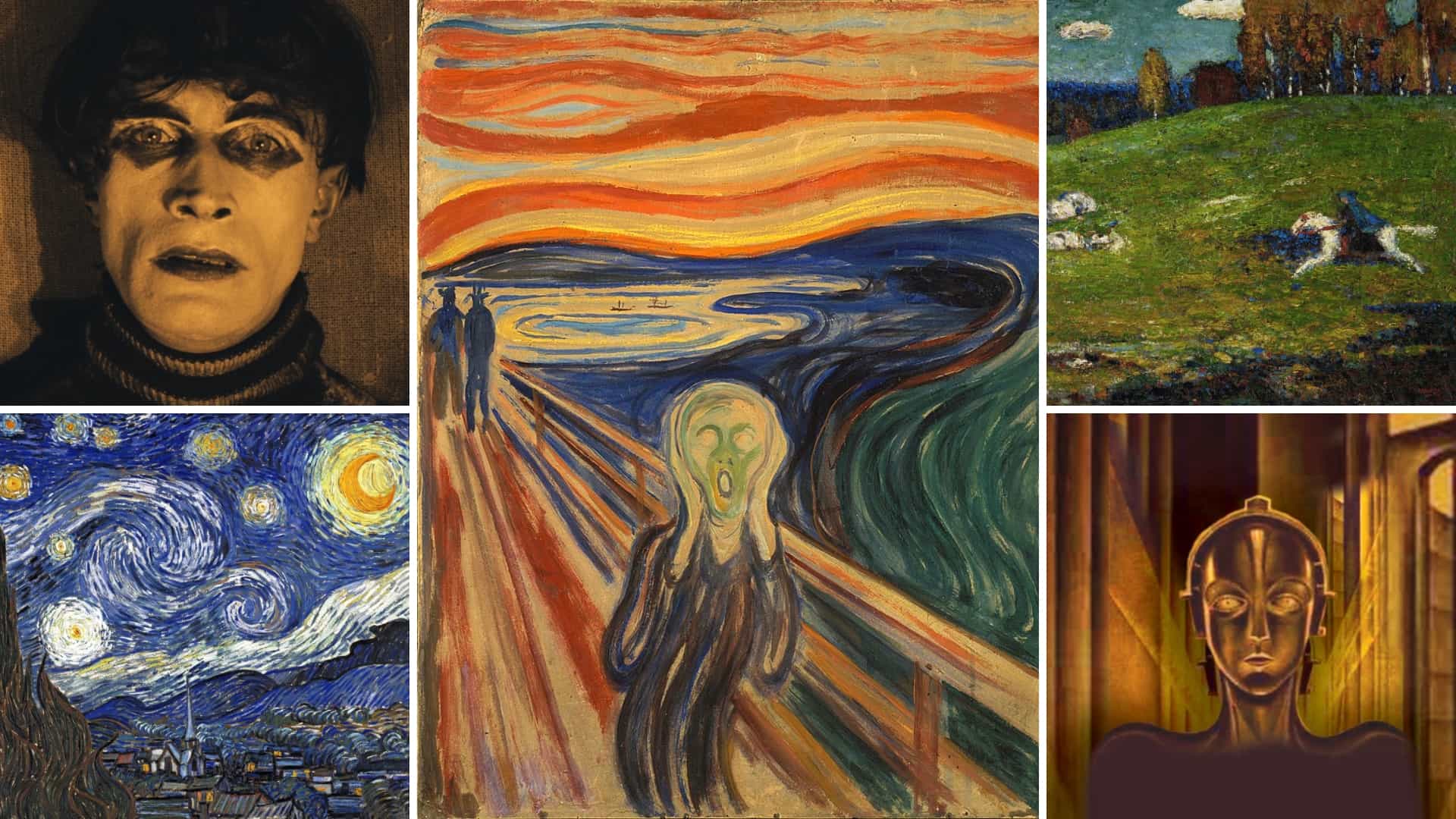The fusion of art, architecture, and environmentalism is a profound concept that has been explored by numerous visionaries, but few have managed to capture the essence of this intersection as eloquently as Maya Lin. As an artist and architect, Lin’s work is not just aesthetically pleasing; it’s also deeply rooted in the concept of connecting people with the natural world. Her designs, whether they be monumental memorials, intimate studio pieces, or large-scale environmental installations, embody a unique sensitivity to the relationship between the built and the natural environments. This article delves into 12+ of Maya Lin’s most inspiring designs, aiming to explore how her work can inspire new perspectives on space, nature, and their intersection.
Introduction to Maya Lin’s Philosophy
Before diving into the specifics of her designs, it’s essential to understand Maya Lin’s philosophical underpinnings. Born in 1959 in Athens, Ohio, Lin’s early life and her educational background played a significant role in shaping her artistic and architectural vision. Her parents, both intellectuals with a deep appreciation for nature, instilled in her a love for the outdoors and an awareness of the interconnectedness of all living things. This upbringing, combined with her formal education in environmental science and architecture, laid the groundwork for her unique approach to design, which often merges the boundaries between landscape, sculpture, and architecture.
1. Vietnam Veterans Memorial
One of Lin’s earliest and most renowned works is the Vietnam Veterans Memorial, completed in 1982. Located in Washington D.C., this memorial is a powerful example of how design can evoke emotions and spark reflection. The memorial’s design, featuring two long, black granite walls inscribed with the names of American service members who died or are listed as missing during the Vietnam War, is a poignant tribute to those who served. The wall’s black surface reflects the surroundings, symbolically bridging the past with the present, and the descending pathway invites visitors to contemplate the sacrifices made.
2. Civil Rights Memorial
Another significant work by Lin is the Civil Rights Memorial, dedicated in 1989 in Montgomery, Alabama. This memorial features a large granite table with water flowing from its center, symbolizing the Table of Brotherhood. Inscribed around the table are quotes from prominent figures and events of the Civil Rights Movement. Water flows over the edges, suggesting the continuous struggle and progress towards equality. This design is not only a tribute to the movement’s history but also a call to action for ongoing civil rights efforts.
3. Wave Field
Located at the University of Michigan, Lin’s Wave Field is an exemplary piece of land art, demonstrating her ability to reshape and reinterpret natural landscapes. This undulating landscape, resembling waves, was created by Lin moving over 240,000 cubic feet of soil. The waves are subtle, blending seamlessly into the surrounding landscape, and as the seasons change, so does the appearance of the wave field, with snow, flowers, and grasses highlighting its dynamic nature. This piece illustrates Lin’s sensitivity to the temporal dimensions of art and nature.
4. Eleven Minute Line
In Storm King Art Center, New York, Lin’s Eleven Minute Line stretches for 1,620 feet, weaving through the landscape. This earthwork is a prime example of how Lin’s designs often engage the viewer in a sensory and temporal experience. By walking along the line, visitors experience a slow, steady unfolding of the landscape, akin to viewing a cinematic reel of the natural world. This slow and meditative experience encourages a deeper connection with the environment.
5. Pin River - Sandy Beach
Another notable piece is Pin River - Sandy Beach, where Lin uses thousands of straight pins to create a river-like pattern on a wooden surface, often incorporating natural elements like sand and driftwood into the installation. This work symbolizes the flow of rivers and the constant change in landscapes, reflecting Lin’s broader interest in the fluid boundaries between nature and human-made structures.
6. What is Missing?
Lin’s ongoing project, What is Missing?, is a multifaceted work aimed at raising awareness about the current state of biodiversity and the impact of human activities on the environment. Through various media, including an interactive website, public art installations, and a memorial, Lin seeks to remember and acknowledge what has been lost and to inspire action to protect what remains. This project embodies her commitment to using art as a catalyst for environmental awareness and change.
7. Confluence Project
The Confluence Project is a series of seven art installations along the Columbia River, exploring the region’s history, ecology, and the impact of human presence. Lin’s designs for this project, which include both architectural and landscape elements, reflect her ability to weave together historical narratives, environmental concerns, and artistic expression. By engaging with these installations, visitors are invited to contemplate the complex interplay between culture and nature.
8. Storm King Wavefield
At Storm King Art Center, Lin designed another wave field, this time integrating the natural undulations of the landscape with the visual and tactile experience of walking through a waving grass field. This piece, like many of her others, invites viewers to slow down, observe, and engage with the subtle changes in the natural world around them, fostering a deeper appreciation for the intrinsic beauty of landscapes.
9. Women’s Table
Located at Yale University, the Women’s Table is a significant installation that celebrates the inclusion of women in the university’s history. The table, with its inscribed names of women who have attended or worked at Yale, is surrounded by a series of concentric circles, echoing the ripples caused by a stone thrown into a pond. This design symbolizes the growing recognition and influence of women’s contributions to academia and society.
10. Folding the Field
Folding the Field is a sculptural piece that showcases Lin’s ability to manipulate materials and space in innovative ways. By folding and layering the earth, she creates visual and tactile experiences that challenge perceptions of landscape and sculpture. This piece reflects her constant experimentation with form, texture, and the boundaries of art and nature.
11. Langston Hughes Library
The Langston Hughes Library, designed by Lin, is a contemporary interpretation of the traditional library, emphasizing community, knowledge, and connection to the natural world. The building’s design incorporates natural light, sustainable materials, and innovative spatial arrangements, making it an inviting space for learning and reflection. This project illustrates Lin’s capacity to merge functional architecture with aesthetic appeal and environmental sensitivity.
12. Final Memorial
Lin’s Final Memorial, though lesser-known than some of her other works, stands as a poignant reflection on mortality, memory, and the passage of time. Using natural elements and simple, unadorned designs, this memorial encourages contemplation and introspection, inviting viewers to consider their place within the broader narrative of human existence and the natural world.
FAQ Section
What are some key elements of Maya Lin's design philosophy?
+Maya Lin's design philosophy is characterized by a deep respect for the natural world, an emphasis on connecting people with their environments, and a commitment to exploring the intersections between art, architecture, and ecology. Her designs often incorporate natural materials, reflect on historical narratives, and invite viewers to engage with the temporal and spatial dimensions of the landscape.
How does Maya Lin's work influence contemporary architecture and environmental design?
+Lin's innovative approach to design, focusing on sustainability, community engagement, and the integration of natural and built environments, has profoundly influenced contemporary architecture and environmental design. Her projects serve as models for how design can address environmental challenges, foster community, and promote a deeper appreciation for nature and human history.
What role does Maya Lin's background play in her design approach?
+Maya Lin's background in environmental science and architecture, combined with her personal experiences and upbringing, has significantly shaped her design approach. Her work reflects a deep understanding of ecological principles, a respect for cultural and historical contexts, and a commitment to creating spaces that inspire reflection and connection to the natural world.
Conclusion
Maya Lin’s designs offer a profound reflection on the human experience, inviting us to contemplate our place within the natural world, our cultural heritage, and the future we wish to create. Through her unique blends of art, architecture, and environmentalism, Lin challenges us to see the world in new ways, to appreciate the intricate web of relationships between people, landscapes, and memories. As we navigate the complexities of the 21st century, Lin’s work stands as a beacon, inspiring us to reimagine our spaces, our communities, and our connection to the earth with creativity, sensitivity, and a deep sense of responsibility.


